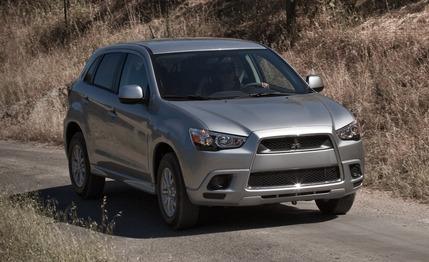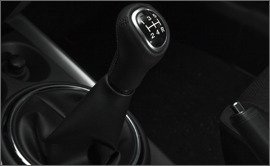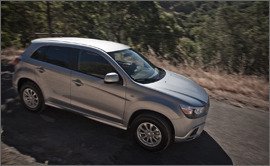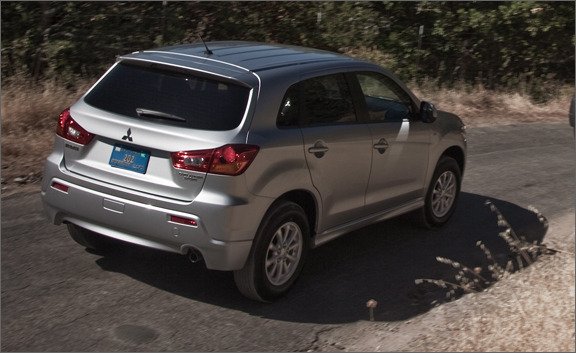
 Short Take Road Test
Short Take Road Test
What Is It?
It’s Mitsubishi’s all-new mini-SUV. Sharing its 105.1-inch wheelbase with the larger Outlander, the Sport differentiates itself with two rows of seating—the Outlander offers three—an overall length that’s 14.6 inches shorter, and one engine, a naturally aspirated 2.0-liter four-cylinder producing 148 hp and 145 lb-ft of torque. Wading into the ever-popular small-sport-ute class, the Outlander Sport is extremely important to Mitsubishi as it struggles to remain viable in the U.S.
How Does It Drive?


Thanks to a petite curb weight of 3046 pounds, the front-drive, manual-transmission Outlander Sport tested here was quick by the standards of its class, taking 8.3 seconds to reach 60 mph and reaching the quarter-mile mark in 16.5 seconds at 85 mph. Compared with the last Outlander Sport we tested—an all-wheel-drive, CVT-equipped model carrying 300 additional pounds—this one cut 1.6 seconds from the sprint to 60 and 1.4 seconds from the quarter and posted a trap speed that was faster by 6 mph. Braking from 70 mph took 174 feet, which would have been tops in our last small-ute comparison test.


With a suspension that is neither too cushy nor too firm, the Outlander Sport is fine for straight-line cruising. Although we enjoyed the relative sharpness and feel offered by the steering rack, the Outlander suffers from waves of body roll at anything higher than average Grand Marquis cornering speeds. A snowy skidpad prevented us from recording an objective handling figure, but previous testing netted a figure of mediocre 0.80 g. We appreciate that Mitsu offers a manual, and although its throws are long, it is precise in its action.
How Does It Stack Up?
The Outlander Sport ES is a sufficient piece of inexpensive transportation, but it makes sacrifices that other vehicles in the segment don’t. It has aggressive and attractive sheetmetal, but the 16-inch steel wheels on the example tested here wore cheap covers that looked like they came from a flea market. The endless hard, black plastic of the low-rent interior didn’t look much better. And the lone engine has only 148 hp, whereas most of its competitors offer at least 170 hp for a similar price. If you’re in the market for a budget SUV with a manual transmission and capable dynamics, you’d be wise to check out the Hyundai Tucson or Kia Sportage, both of which offer 176 hp, a fine interior, and a satisfying level of exterior flair for less than $20,000.


What’s the Cost?
Our ES test vehicle was as base as an Outlander Sport comes, with a sticker price of $19,275. Standard equipment includes air conditioning, power windows and locks, a telescoping steering wheel, anti-lock brakes, stability control, hill-start assist, keyless entry, and Bluetooth connectivity. All Outlander Sports pack seven airbags, including a driver’s knee bag. Buyers have but a few options, including a navigation system with a 40-gig hard drive for $2150, a $995 Exterior Sport package that gussies up the outside with spoilers and chrome trim (but retains the depressing wheel covers), a $340 LED Illumination package for the interior, plus a few port-installed accessories. Most shoppers will ante $1000 for the CVT.
Given Mitsubishi’s perilous predicament in the U.S., we’re disappointed that the Sport seems to have received little thought beyond combining the Outlander’s styling with the Lancer parts bin. It’s refreshing to see a new vehicle that keeps its weight in check, and we’re always pleased when there’s a manual option, but those factors are far from enough to make the Outlander Sport the standout it needs to be.

